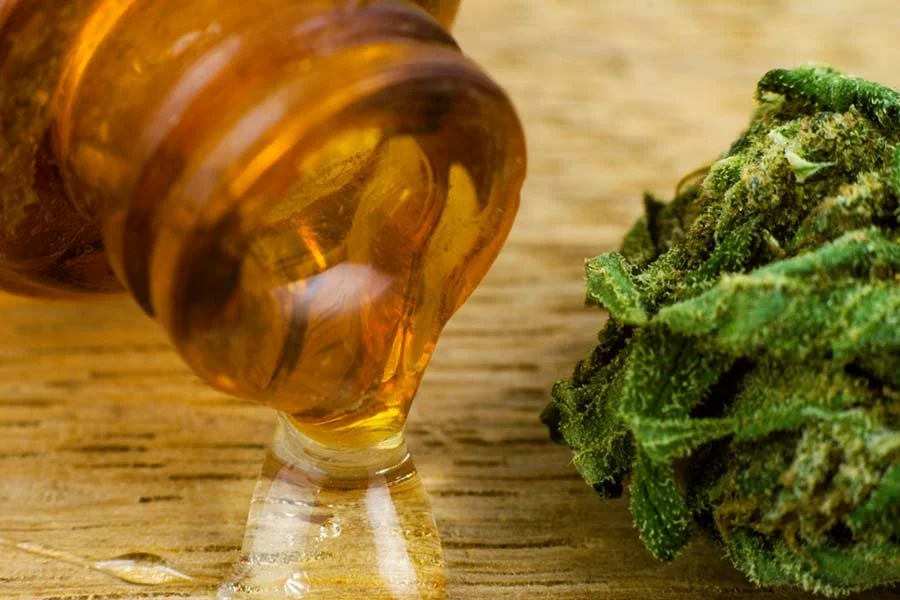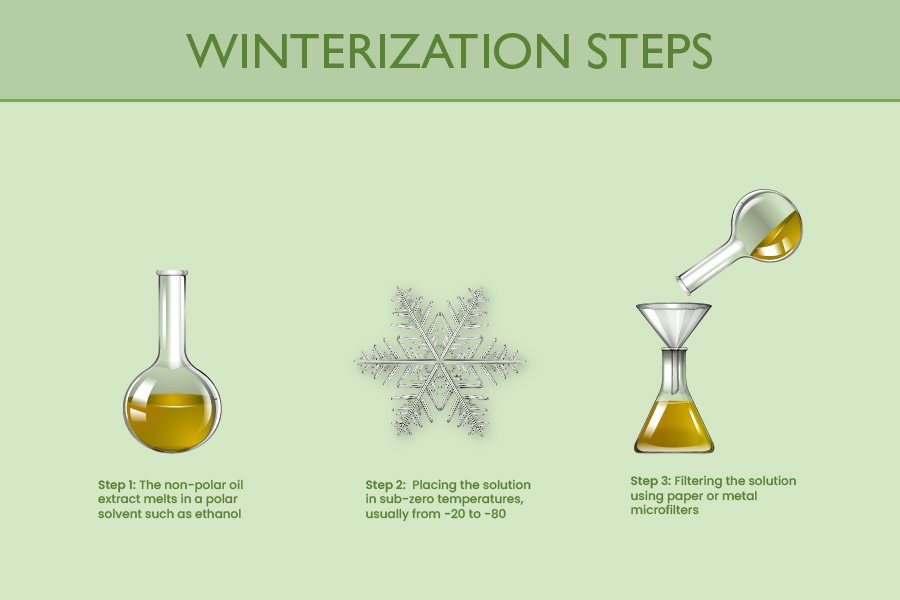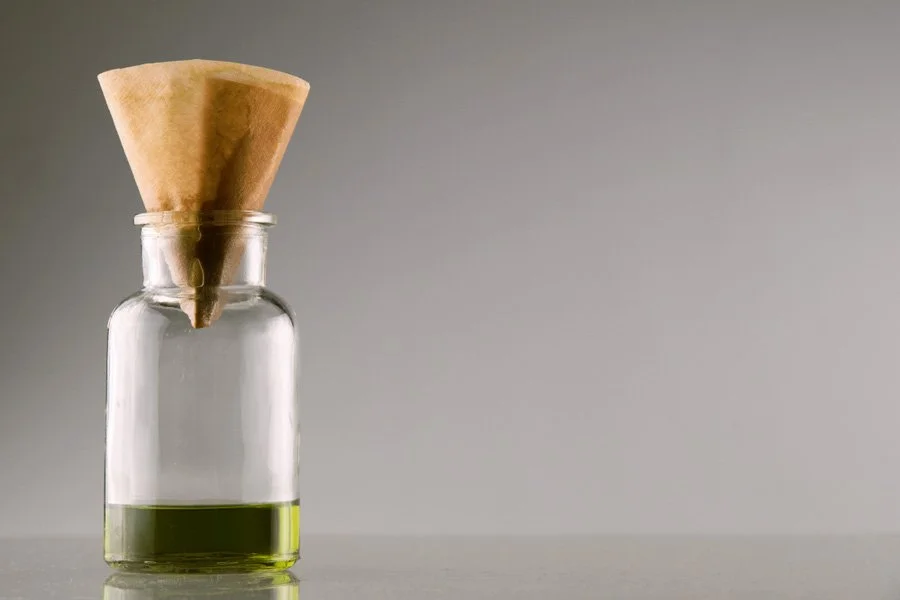What Is the Winterization Process in Cannabis?
In the cannabis extraction world, there is a technique known as winterization that is known for bringing another level of purity and potency of cannabinoids. What is the winterization process in cannabis exactly, and why is it important?
Stay tuned as we have prepared this short but important article.
Source: shutterstock.com / Photo Contributor: Kazyaka Konrad
What Is the Winterization Process in Cannabis?
Winterization removes fats, lipids, and other unwanted components from crude oil extract, creating a higher purity of cannabinoids. The winterization process aims to differentiate a product from being low quality and high quality.
Lipids, for example, dilute the cannabinoid fraction, and removing them leads to a higher-quality cannabis product. Moreover, the lipids are those that affect the transparency of the distillate. If the lipids are not removed, the distillate will not be transparent, alluding to a low-quality cannabis product.
So, how does the winterization process work? During the process, a non-polar oil extract is dissolved into a polar solvent, like ethanol. The solution stays in sub-zero temperatures (usually between -20 and -80℃). With ethanol, the ratio of ethanol to extract is usually 10 ml of ethanol to 1 g of oil. Yet, this ratio may vary between 5 ml to 1 g and 20 ml to 1 g.
During winterization, the lipids, having lower solubility, float to the top of the solution in sub-zero temperatures. It is best to leave the solution in cold temperatures for at least 24 hours. The solution can go through different filters, like paper filters and metal micro-filters. Of course, there is certain equipment to use for the process. The product can further be used with different tools, like the weed oil maker, to create other cannabis products.
Winterization steps
First, we need to dissolve the extracts. The non-polar oil extract melts in a polar solvent such as ethanol.
The next step is placing the solution in sub-zero temperatures, usually from -20 to -80℃. This makes lipids separate because of their lower solubility.
After staying at a cold temperature, the solution is filtered using paper or metal microfilters.
The final product is a high-purity distillate, free from fats and lipids.
If you wonder what is winterized oil vs distillate, the difference is simple. Distillation refines a winterized oil even more, further improving potency.
Source: sortingrobotics.com
Importance of Winterization in Cannabis Products
We consider winterization a significant process in the cannabis industry because it ensures purity, potency, and product quality. So, a winterized product is more valuable than a non-winterized product. Winterization is more than a process; according to us, it is a quality benchmark. When an extract has remaining particles of lipids and fats, it burns, vapes, and tastes unpleasant. And since consumers prefer purchasing a high-quality cannabis product with a good taste and an even greater smoking or vaping experience, it’s important for the distillate to undergo winterization. That way, you get a premium product free of unwanted components.
Winterization is essential for compliance with regulations and industry standards. Many countries and states have strict regulations regarding the tolerable levels of contaminants, like waxes and fats, in cannabis products. After winterization, you can be sure that products meet these regulations.
Winterization Techniques and Technologies
According to traditional methods, winterization is performed using ethanol or other organic solvents. The process involves mixing the cannabis extract with the solvent, cooling it to low temperatures, and then filtering out the insoluble components.
On the other hand, modern technologies have significantly improved the winterization process, providing more efficient and precise methods. For example, supercritical CO2 extraction is usually used with winterization. This technique uses carbon dioxide as a solvent to extract cannabinoids from the plant. By controlling temperature and pressure, CO2 extraction allows for the selective removal of unwanted compounds.
When it comes to solvents used in winterization, we have concluded that ethanol remains one of the most popular choices. Ethanol removes fats and waxes effectively, has a low boiling point, and is safe for consumption.
Winterization requires the use of various tools. These include filtration systems, like vacuum filters or Buchner funnels, which help to separate the soluble to insoluble components. Refrigeration units or chillers are used to lower the temperature and make separating unwanted components easier.
Source: shutterstock.com / Photo Contributor: PopFoto
Conclusion
So, what is the winterization process in cannabis? Winterization is a process that removes fats, lipids, and other compounds in order to get a more purified and potent final product.
Winterization is important because it offers high-quality and potent products. There are traditional and modern winterization techniques. Yet, the most common one is the method that requires ethanol as a solvent. Ethanol is safe for consumption and efficient in removing unwanted compounds. No wonder this solvent is the most common one during the winterization process.



